Protoceratops and Velociraptor - A Battle for Eternity!
13.11.2023 09:19
2195 views
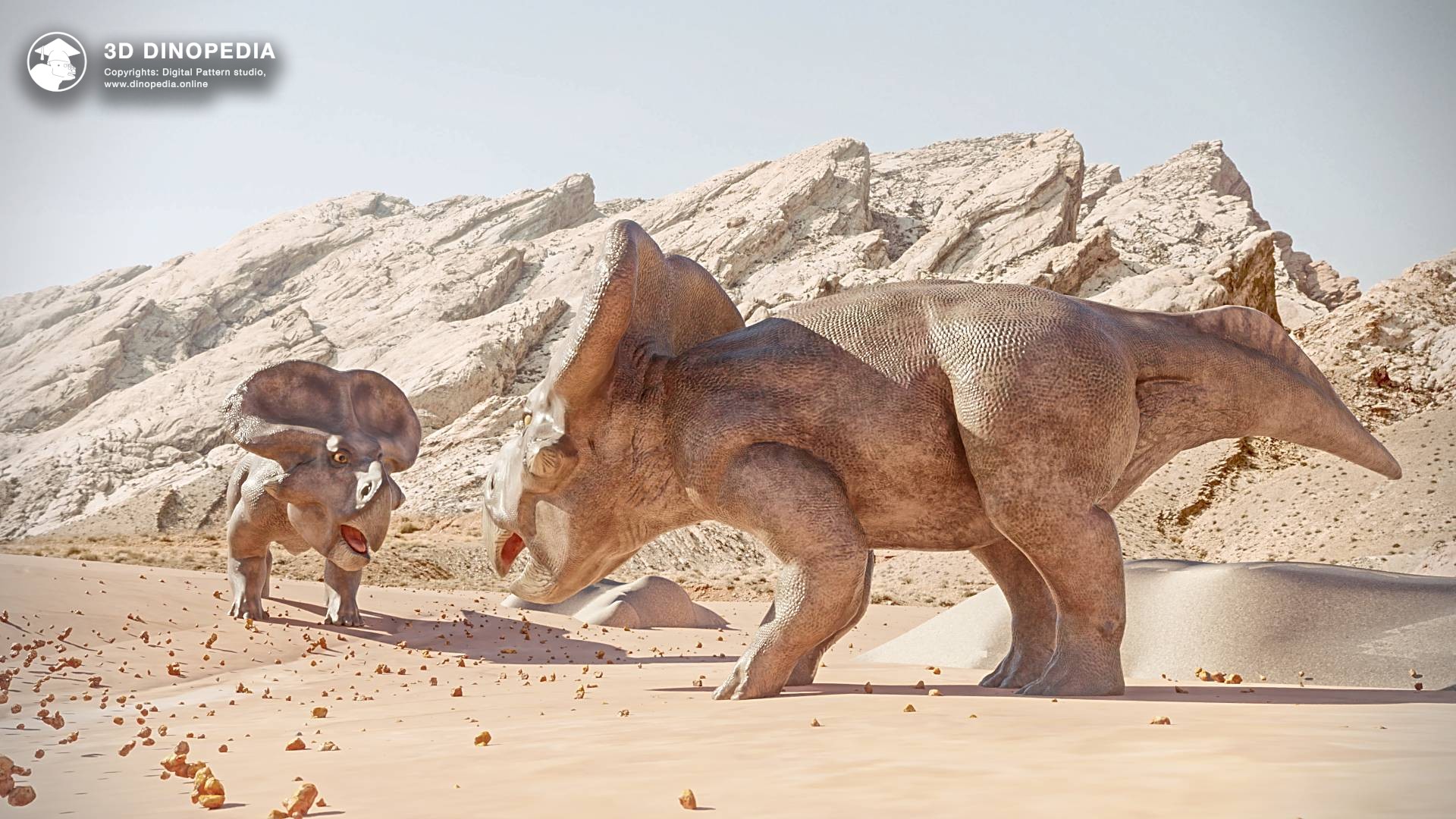
As is well known, paleontology is not an exact science, and research on the same findings can lead to radically different interpretations. This can manifest in a variety of cases.
For example, the nature of certain animals has been attempted to be established for decades. Thus, the Jurassic dinosaur Proceratosaurus was initially recognized as an ancestor of Ceratosaurus (as reflected in its name), but it was later established that it is related to the famous Tyrannosaurus. Eoraptor, in the scientists' view, was once considered an ancestor of Velociraptor, but in reality, it turned out to be close to Diplodocus and Brachiosaurus! And the poor Therizinosaurus was first recorded as a turtle, and later it was discovered that it was an incredible clawed dinosaur.
Sometimes, the views on the structure and lifestyle of animals change significantly. Such changes have repeatedly occurred, for example, with long-necked dinosaurs - sauropods. For some time, it was assumed that their legs were positioned on the sides of the body, like crocodiles and lizards. Later it was established that their legs were like huge straight columns, supporting their incredible weight. The view of the position of their nostrils also changed - initially, it was believed that the nostrils were located at the back of the head, but it was later established that they were at the front end of the muzzle, and that they, like humans, had a sufficiently long cartilaginous nose. Finally, views on their lifestyle have changed. At the end of the 19th century, sauropods were likened to giraffes, believing they lived on land and used their neck to reach the highest branches. In the early 20th century, sauropods were recognized as semi-aquatic animals, similar to hippos. Finally, it turned out that sauropods were terrestrial animals, some of them indeed used their neck to gather food from the tops of trees, while others were limited to ground-level fodder.
But sometimes paleontologists come across unique findings, so unusual that their explanation requires special effort and extensive scientific knowledge. And, of course, such findings provoke a variety of interpretations. Discrepancies may concern the position of bones, the circumstances of their transformation into fossils, and, consequently, disputes about the causes of the animals' death.
This famous paleontological discovery was made at the Tugruginshire site in southern Mongolia. In 1971, two dinosaurs were found lying together here - a Protoceratops and a Velociraptor. These "entwined" dinosaurs became a classic example of in-situ burial of animals, more precisely animals in a pre-death interaction. We learned about this find thanks to the work of the Mongolian paleontologist Rinchen Barsbold in 1974. So, how did he explain the mutual arrangement of the ancient skeletons? The Protoceratops and Velociraptor were locked in a deadly struggle and apparently drowned or got stuck in a swamp. The Velociraptor lies on its side, its claws gripping its prey, while the presumably herbivorous Protoceratops is on its back, holding the attacker's paw with its beak. Such a discovery is a fortune for any paleontologist. But was it really so?
It seems, what could be doubtful? After all, the lizards are literally "biting" into each other, even now, approximately 100 million years after their demise.
However, there are different interpretations of the poses of these animals. Russian paleontologists Vitaliy Georgievich Ochev and Boris Timofeevich Yanin in the "Methodical Guide to the Taphonomy of Vertebrate Organisms" published in 1994, expressed their version of the events, and not without foundation.
Let's start with the pose of the Velociraptor. Its head thrown back, neck and tail curved backward - these are typical features of dinosaur corpses that have dried out in subaerial (in other words - almost terrestrial) conditions. The pose of the Protoceratops is more natural. So, perhaps, the ancient horned lizard, in addition to plants, did not disdain carrion. It found the dead Velociraptor and decided to feed on it. And eventually died, possibly as a result of a dust storm. Another possibility is that the corpses ended up together by chance, due to their displacement by water streams. After all, judging by the lithology and some other indirect signs, the Tugruginshire site was a former dry river delta, periodically filled with water flows.
Who is right - the Mongolian or the Russian specialists? There is still no definitive answer. In paleontology, it is often extremely difficult to unequivocally establish the truth. But, of course, it would be much more interesting if these lizards really died in battle, bringing us the memory of a cruel, but beautiful world of primitive reptiles.
You can view the models of Velociraptor and Protoceratops, as well as learn additional information about these animals, in their cards in the application “3D Dinopedia: Paleontology.”
Discussions
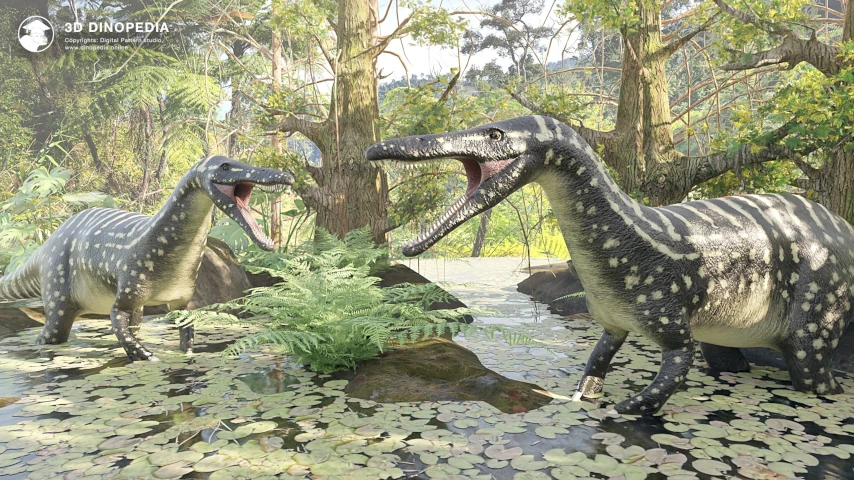
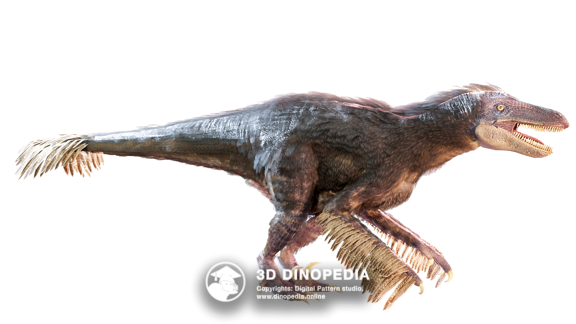
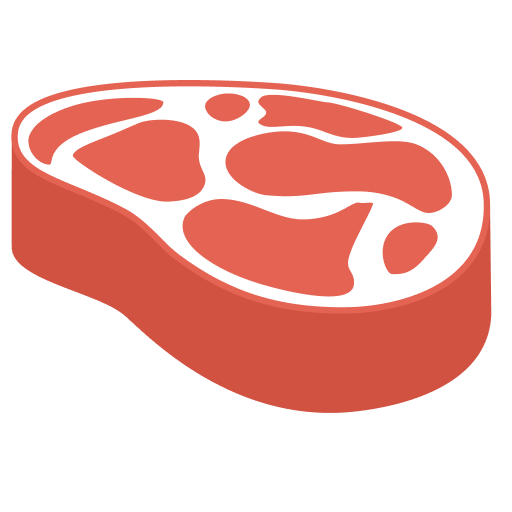
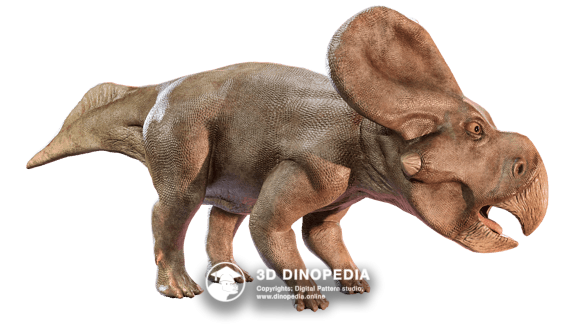

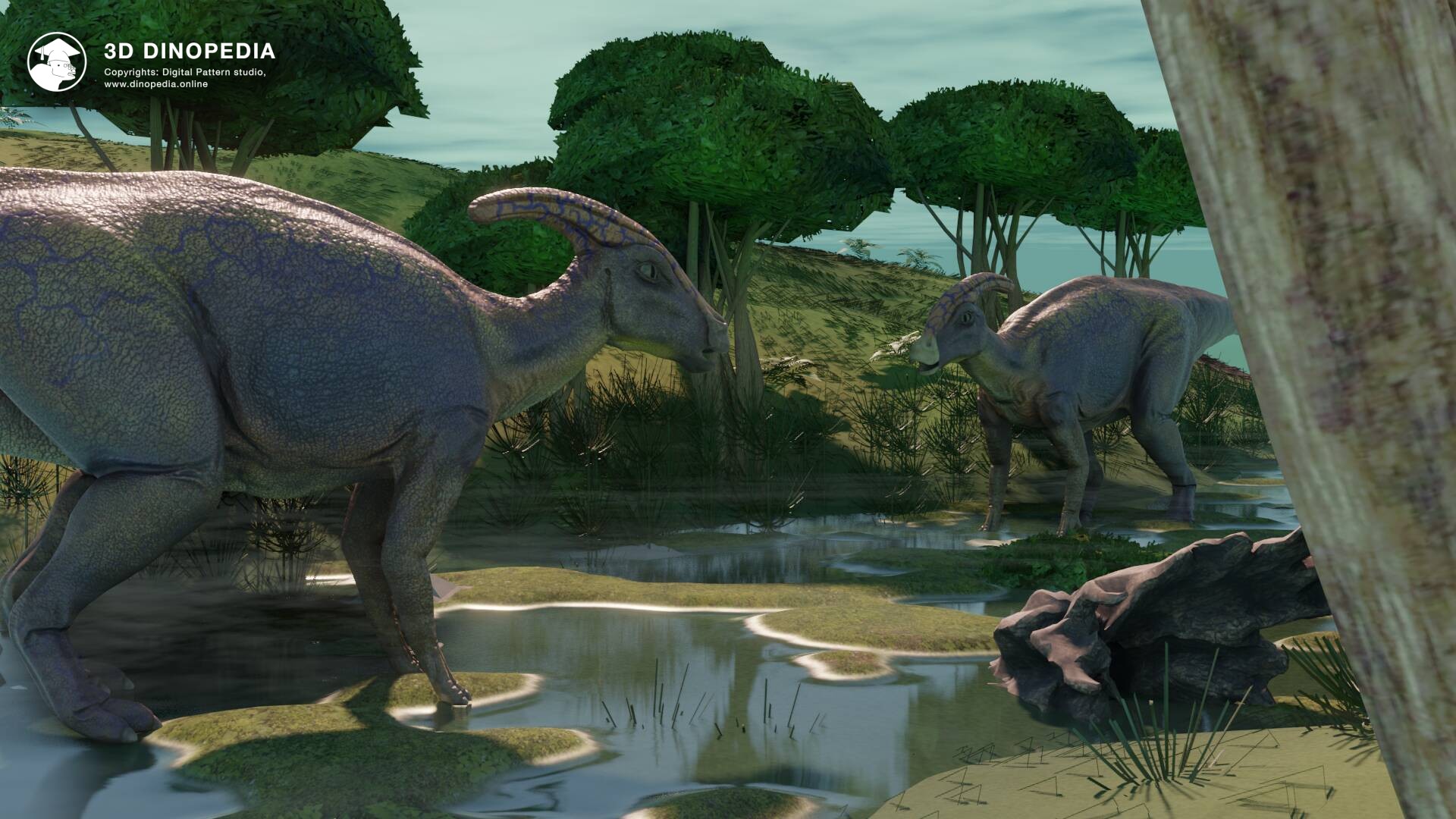
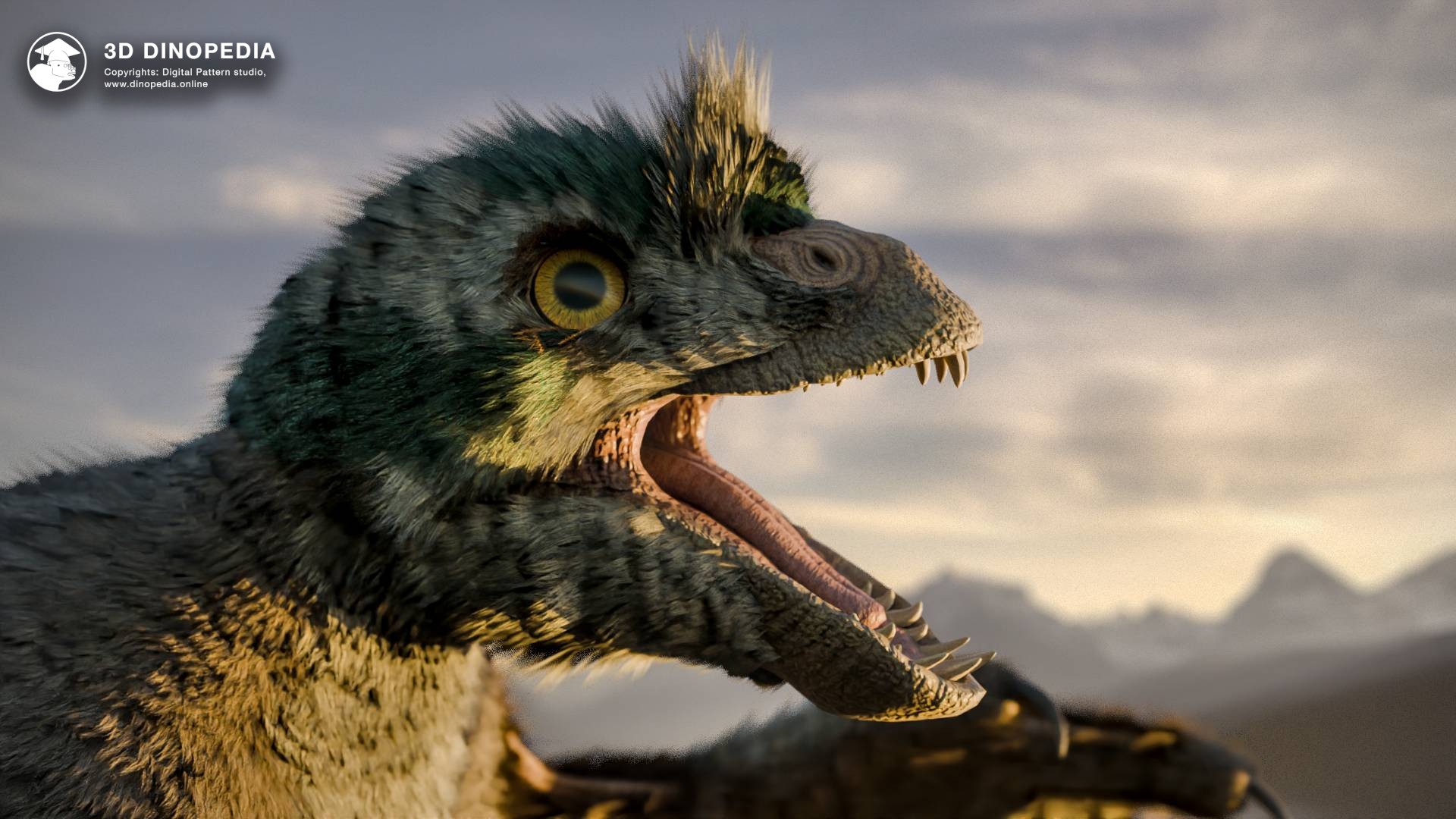
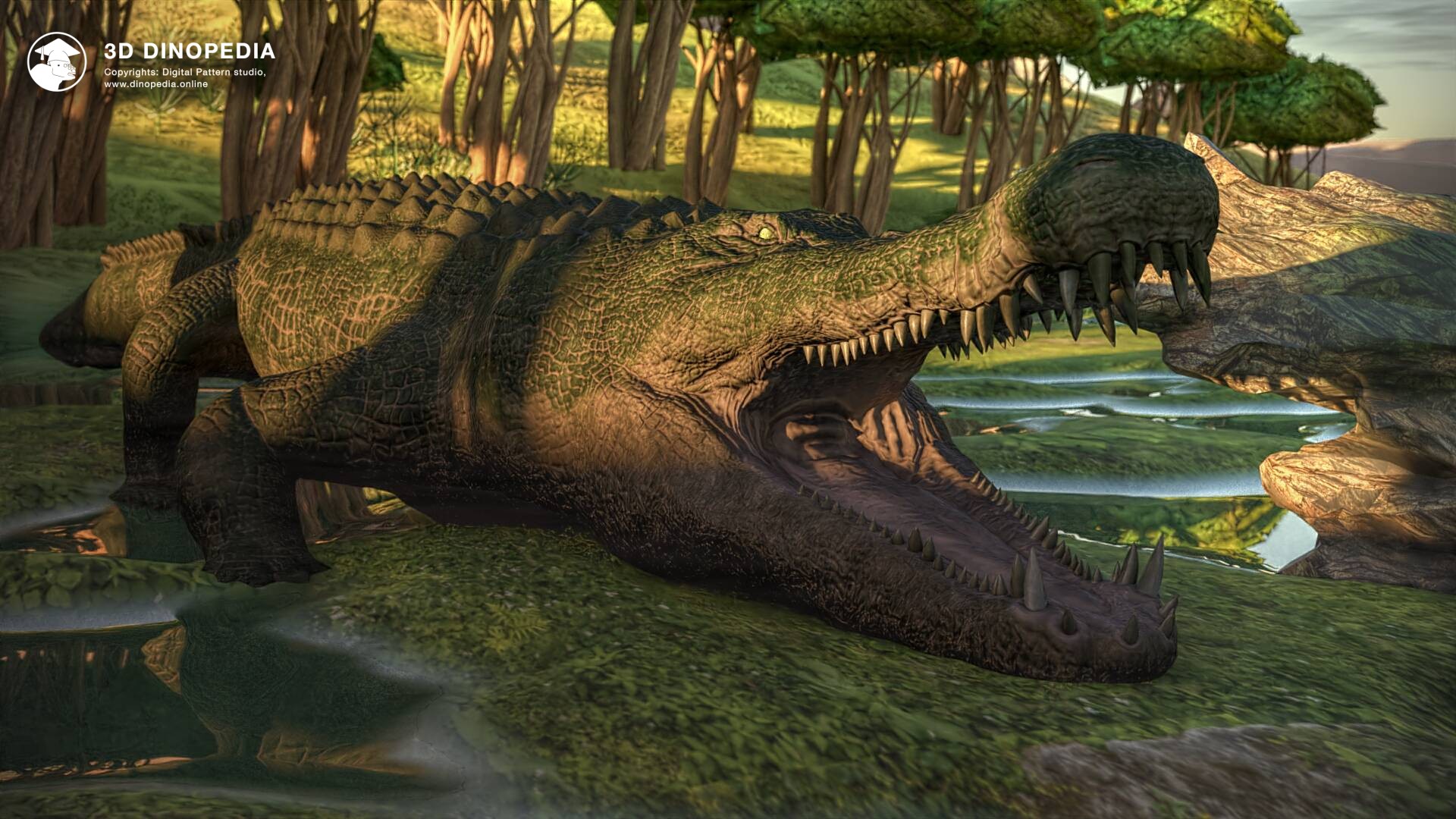

{{ count }} comments
You must login to write a comment